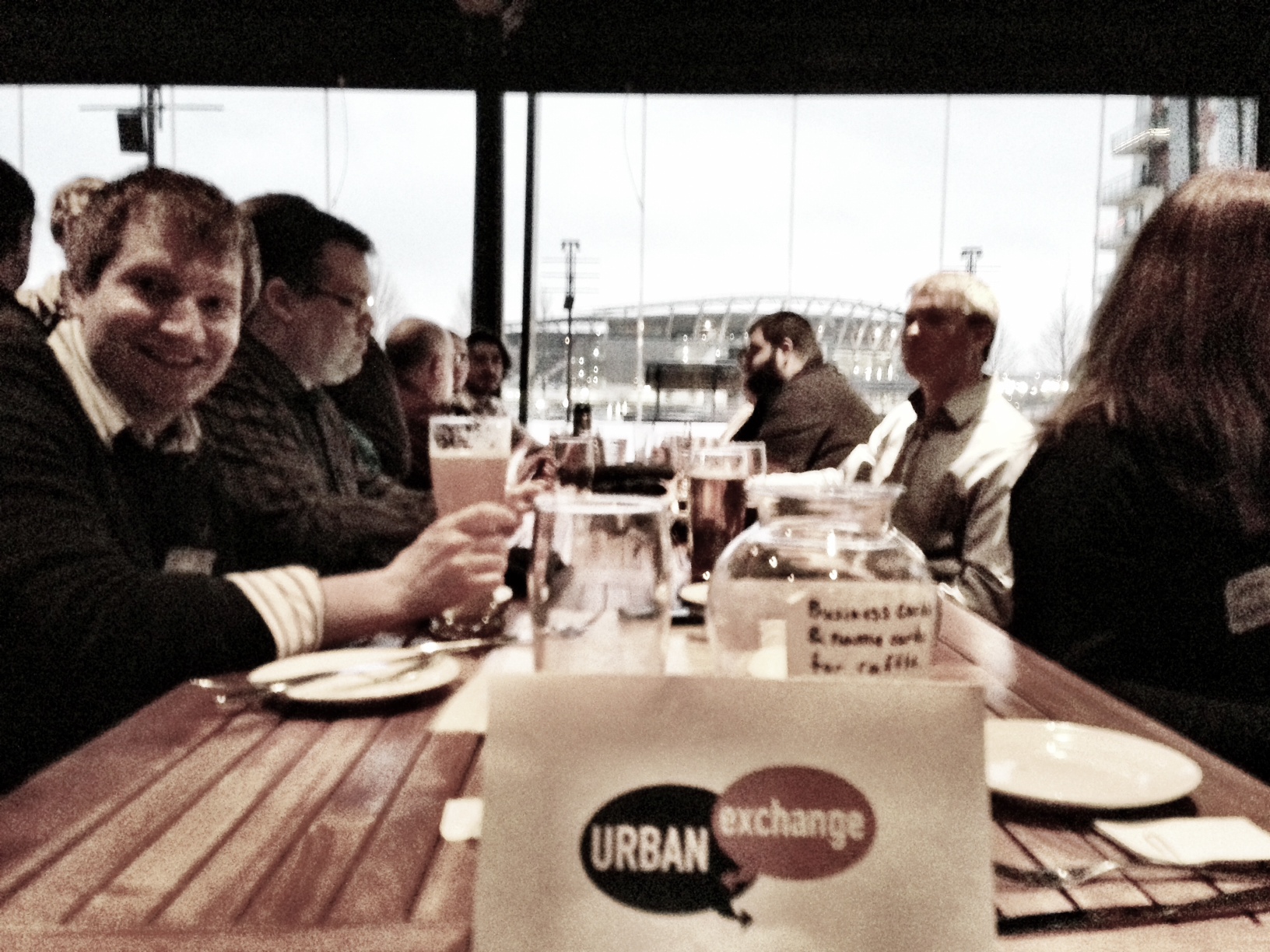One Transit App to Rule Them All
As more people are turning to smartphones to help guide them around cities, app makers are looking into ways to create a transit app that not only provides mass transit directions but also information about the nearest car sharing service and taxi services. This kind of app would serve as a “one-stop shop” for urbanites looking to ditch the expense of owning an automobile and rely entirely on transportation alternatives. More from the Atlantic Cities:
What all of these apps, including taxis, are essentially trying to convince users that they can get to and from work, run errands, meet people for lunch, get to appointments, and do all their other daily tasks without having their own car. RideScout is betting that aggregating all these new transportation options in one place is the best way to make that case to users — which is a win for all transportation disrupters. “If people aren’t pumping $50 into a tank when they fill up, they can transfer that money to taxis, public transportation, and these other options,” Kopser says. “When people make the decision to leave their car at home, we all win — the roads are less clogged, there is less smog, and money is staying in the local economy.”

